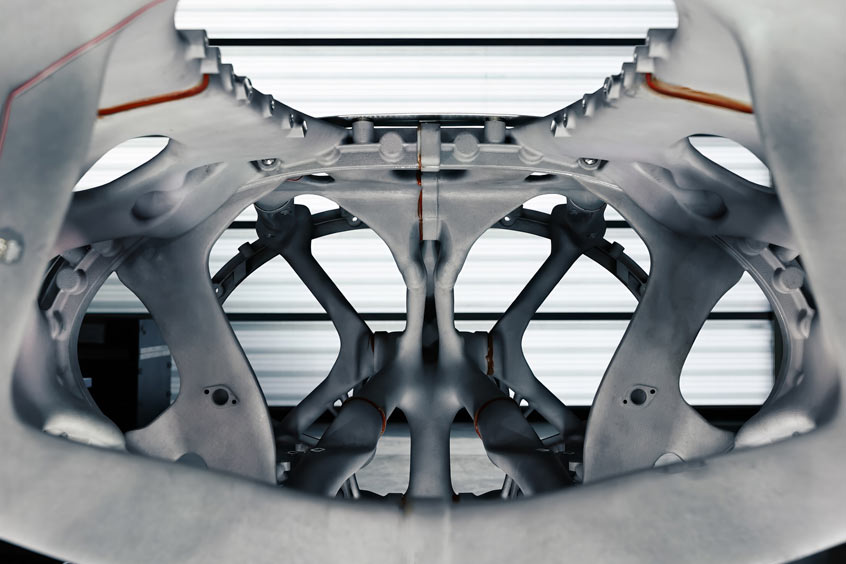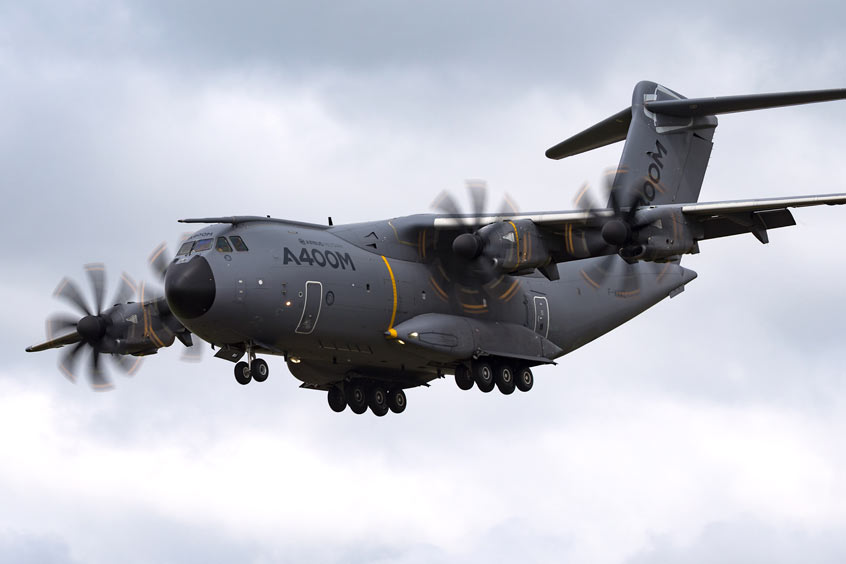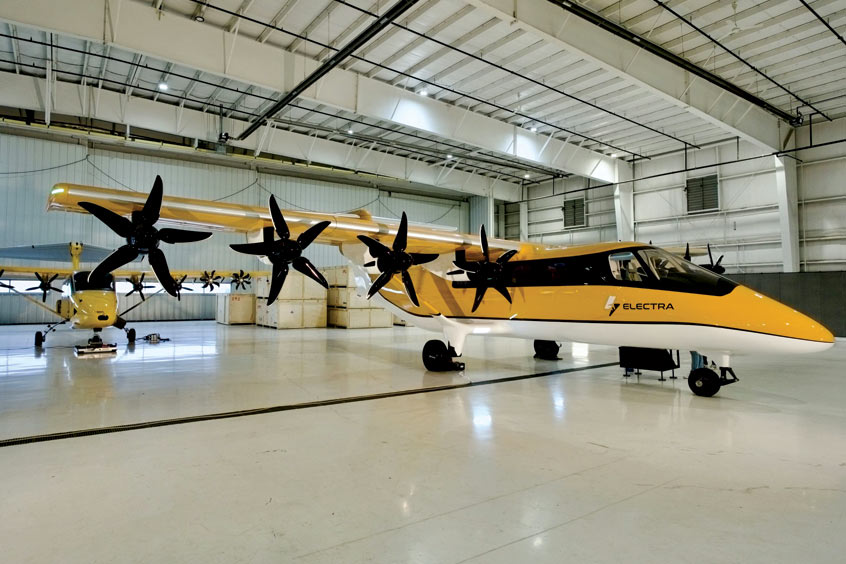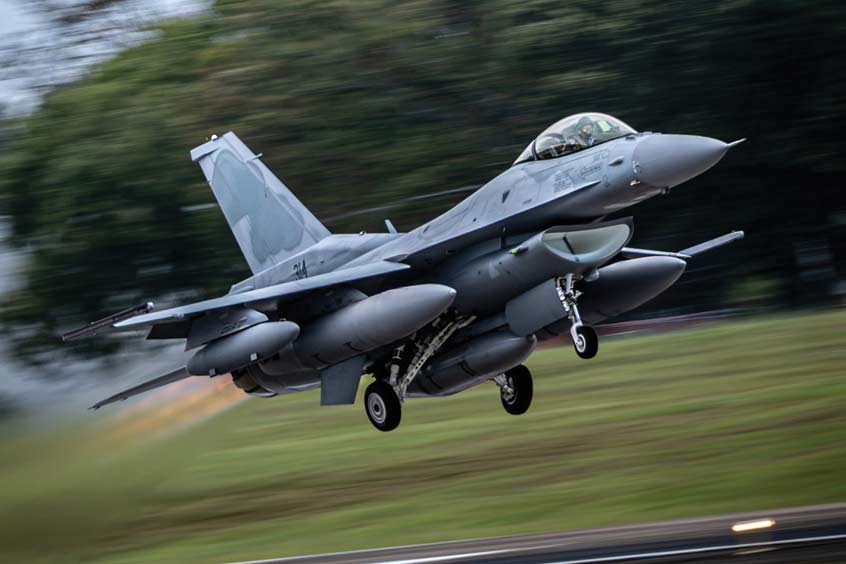Kistler is supplying two accelerometers which deliver data for aerial vehicle design to the Zephyr aerospace development project at Airbus. One of the small and lightweight sensors is capable of operating under stratospheric pressure and temperature conditions.
The Zephyr is an ultra-light weight, solar-electric high altitude platform stations (HAPS) with a wingspan of 25 metres and a weight less than 75 kg. Powered by solar energy, it is expected to stay at a height of 70,000 feet for months where pressure and temperatures are closer to space than ground conditions. For ground and flight testing purposes, Airbus uses accelerometers from Kistler with small and light-weight measuring chains.
“We are using Kistler accelerometers and data acquisition equipment on ground testing of our propulsion systems for requirements validation. During flight we are using a slightly different Kistler instrument for dynamic data acquisition as part of our flight test instrumentation system,” says Diogo Sousa, lead propulsion engineer for Airbus Zephyr.
The low-temperature version of the triaxial IEPE sensor for shock and vibration measurement can be operated at down to -195°C, making it a suitable solution for flight tests in the cold of the stratosphere. There was still a challenge to overcome, as Sharon Turner, applications engineer at Kistler explains: “The Zephyr team wanted to be able to turn off the sensor in flight in order to save battery power. Although the sensor will operate happily down at –196°C the minimum storage temperature we'd ever tested it to was only -75°C and we never anticipated anyone would want to power back up at -195°C. Also, we had no in-house capability to test below -150°C. So, we carefully worked through the design with our colleagues in the US and concluded that we were confident it should power back up and work perfectly, but we just couldn't prove it. So Airbus went ahead with their cryogenic trials and the unit did indeed work perfectly with no detrimental effect on performance.”
The measuring chain for Zephyr is completed by a custom cable solution from Kistler and for the ground test a laboratory charge amplifier, the 5165A LabAmp. This versatile signal conditioning and data acquisition solution can be operated with many different sensor types.
The programming for LabAmp can be done comfortably on a browser window, and for higher channel numbers multiple devices can be daisy-chained including synchronisation via precision time protocol. “In addition to the flexible interface, we are also very satisfied with the measuring accuracy and the service from Kistler. What's more, the small and lightweight sensor design is key for the flight equipment,” explains Sousa.
According to Simon Taylor, head of Zephyr programme, the main focus is on further flight campaigns and customer collaboration in order to increase maturity and operational readiness. He comments: “Through working with Kistler we achieve two fundamental things which are key to Zephyr success: precision and mass minimisation. By continuing to develop our technology based on high quality data we get closer and closer to system maturity and operational reality.”
HAPS are a global infrastructure meant to provide advanced connectivity and observation capabilities, and unlike traditional aircraft and common unmanned aircraft systems (UAS), HAPS are designed to operate in the stratosphere for months at a time. The Airbus Zephyr, named after the Greek god of wind, holds the world record for the longest stratospheric flight at 25 days, 23 hours and 57 minutes.
With its two core functions, earth observation and connectivity, Airbus says Zephyr has the ability to revolutionise global markets and communication. A goal for Zephyr is to offer the 3.8bn people not connected to the internet direct to device, low-latency connectivity that is reliable and seamless. Zephyr also has the ability to provide a solution between aircraft, UAS and satellite, as it is able to deliver high resolution, near real-time imagery and video services, 24/7 surveillance and has the flexibility of being re-tasked.
| Contact details from our directory: | |
| Kistler Instruments Limited | Accelerometers, Angular Sensors, Electromechanical Actuators, Force Sensors, Pressure Detectors, Process Control Systems, Sensors/Transducers, Transducers |
| Airbus Defence & Space Manching | Airframer |
| Airbus Defence & Space UK | Final Assembly, Honeycomb Core Composites, Testing Services |
| Related aircraft programs: |
| Aalto Zephyr |
| Related directory sectors: |
| Avionic Components |
Weekly news by email:
See the latest Bulletin, and sign up free‑of‑charge for future editions.

Saab advances digital manufacturing with autonomous fuselage

Airbus deploys Stratasys printed parts for A320, A350 and A400M

Electra kicks off Part 23 application for hybrid-electric EL9
